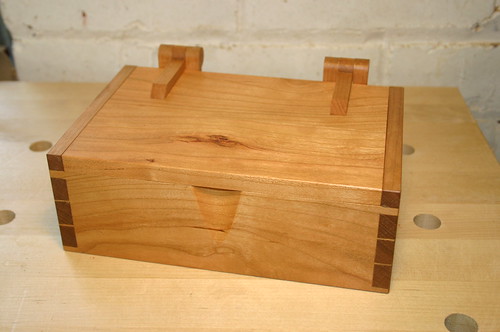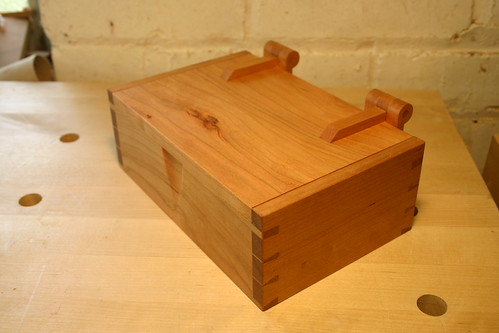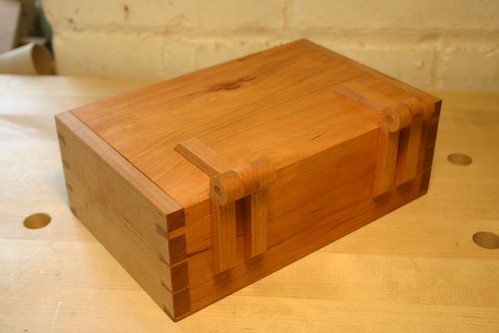pam niedermayer
Established Member
- Joined
- 6 Sep 2006
- Messages
- 187
- Reaction score
- 0
promhandicam":m4yivccy said:...
This is my attempt at an illustration....
Don't know, Steve, but this is about as close to square as a mountain is flat. What's wrong with this picture?
The interesting thing is that with the ridged kerf bottom, the offset side of the saw may come closer to touching the line than one would have thought.
Pam





































